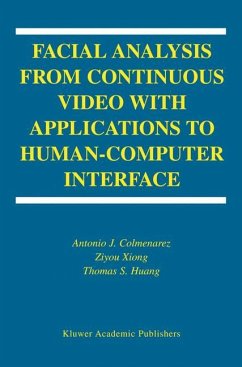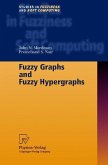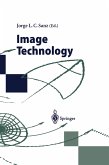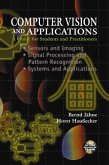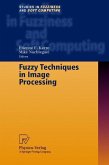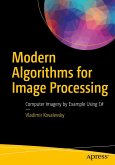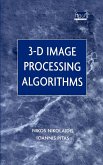Computer vision algorithms for the analysis of video data are obtained from a camera aimed at the user of an interactive system. It is potentially useful to enhance the interface between users and machines. These image sequences provide information from which machines can identify and keep track of their users, recognize their facial expressions and gestures, and complement other forms of human-computer interfaces.
Facial Analysis from Continuous Video with Applications to Human-Computer Interfaces presents a learning technique based on information-theoretic discrimination which is used to construct face and facial feature detectors. This book also describes a real-time system for face and facial feature detection and tracking in continuous video. Finally, this book presents a probabilistic framework for embedded face and facial expression recognition from image sequences.
Facial Analysis from Continuous Video with Applications to Human-Computer Interfaces is designed for a professional audience composed of researchers and practitioners in industry. This book is also suitable as a secondary text for graduate-level students in computer science and engineering.
Hinweis: Dieser Artikel kann nur an eine deutsche Lieferadresse ausgeliefert werden.
Facial Analysis from Continuous Video with Applications to Human-Computer Interfaces presents a learning technique based on information-theoretic discrimination which is used to construct face and facial feature detectors. This book also describes a real-time system for face and facial feature detection and tracking in continuous video. Finally, this book presents a probabilistic framework for embedded face and facial expression recognition from image sequences.
Facial Analysis from Continuous Video with Applications to Human-Computer Interfaces is designed for a professional audience composed of researchers and practitioners in industry. This book is also suitable as a secondary text for graduate-level students in computer science and engineering.
Hinweis: Dieser Artikel kann nur an eine deutsche Lieferadresse ausgeliefert werden.

